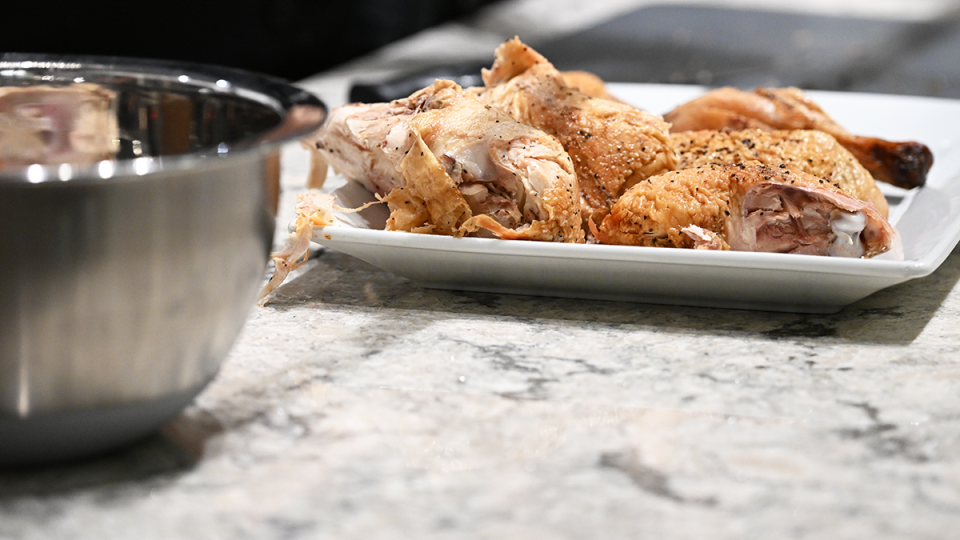- Jan
- Feb
- Mar
- Apr
- May
- Jun
- Jul
- Aug
- Sep
- Oct
- Nov
- Dec

Garlic has been cultivated since ancient times. Today, it is used as a condiment and flavoring in gravies, tomato sauces, soups, stews, pickles, salads, salad dressings, and breads.
Garlic (Allium sativum) is a member of the Amaryllidaceae family. Other edible members of this family include onions, chives, leeks, and shallots.
While garlic and onions are similar, there are differences. Garlic has flat leaves rather than the round, hollow leaves of the onion. Garlic produces several small bulbs called cloves rather than one large bulb. Each garlic bulb contains several cloves enclosed in a white or purplish parchment-like sheath or skin.
Hardneck
Hardneck cultivars (Allium sativum var. ophioscorodon) produce cloves that surround the base of a hard flower stalk. They grow well in Iowa but do not store as well as softneck cultivars.
Hardneck cultivars are divided into three common types: Rocambole (6-11 cloves; twisted scapes), Purple Stripe (8-12 cloves), and Porcelain (4 large symmetric cloves).
Softneck
Softneck cultivars (Allium sativum var. sativum) look more like the garlic bulbs we see in grocery stores. While many perform better in warmer climates, some softneck cultivars are suitable for Iowa’s colder temperatures. They usually do not grow a flower stalk. Softneck cultivars are generally more productive and easier to store than hardneck cultivars.
Elephant
Elephant or greatheaded garlic (Allium ampeloprasum) is not a true garlic. It is actually more closely related to the leek. Elephant garlic does produce segmented bulbs similar to garlic. However, elephant garlic has a much milder garlic flavor and may be 3 to 4 times the size of true garlic.
Dry garlic in a warm, dry, well-ventilated location. Place the garlic on an elevated wire screen or slotted tray to promote drying.
When the tops have dried, cut off the dry foliage 1 inch above the bulbs. Also, trim off the roots and brush off any loose soil. Place the bulbs in a mesh bag or open crate and store them in a cool (32 to 40°F), dry (65-70% relative humidity) area. Garlic can be stored for three to six months if properly dried and stored.
An alternate way to store garlic is to braid the foliage together immediately after harvest, dry and then hang the braided garlic in a cool, dry location.


